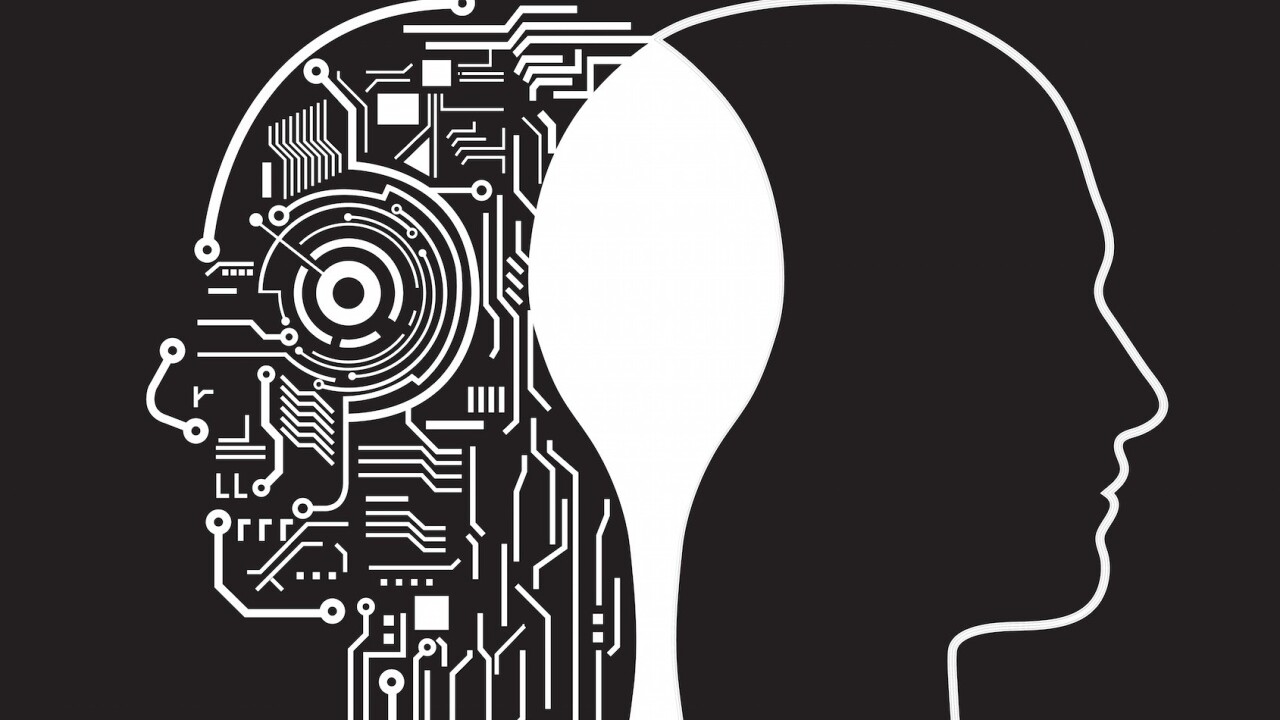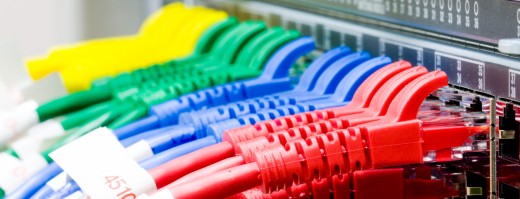
Try to imagine the amount of data being generated by the Facebooks, Twitters, Instagrams, and LinkedIns of the world—it’s almost unfathomable to imagine what a global, person-level database would look like in the aggregate.
“With the proliferation of social media and public connectivity, it is easier than ever to join a two-way conversation and to listen, learn, and be better informed,” says Imad Mouline, CTO at Everbridge, an app that powers critical communications for organizations.
Today’s digital networks include both business and social interactions, opening doors for limitless market intelligence. One of the biggest opportunities is the ability to detect trends that are untraceable to the human eye.
Here are five up-and-coming trends around this concept.
Crisis management
In the event of a natural disaster or crisis, human-to-human connections may not be possible. That’s where social networks come in—to detect patterns and automate critical communication.
“Limiting the damage caused by a crisis requires a method of gathering ongoing, accurate and reliable information to make quality decisions,” says Mouline. “Decision makers must access and utilize new sources of information, new tools and new opportunities.”
Effective crisis communication strategies rely on flexible sources of incoming information. Social media, online communities, and other trusted feeds such as IT and alert systems act as inputs for situational intelligence.
“Establishing relationships with inputs prior to an event can facilitate information messaging and decision-making during a crisis,” says Mouline.
The increasing amount of information gathered from mobile devices and social media outlets can be very valuable for verification, cross referencing and data mining purposes. These concurrent streams of information will be critical to the future of crisis communication and situational intelligence.
“No matter how much an organization prepares, crises happen,” says Mouline. “Limiting the damage caused by a crisis requires a method of gathering ongoing, accurate and reliable information to make quality decisions. Decision makers must access and utilize new sources of information, new tools and new opportunities.”
Networks are key.
Crowdfunding
Digital networks are exponentially faster than in-person networks, meaning that communities like Twitter, Tumblr, Kickstarter, and Reddit are powerful watering holes for individuals to congregate very quickly around a certain topicc.
“They are much different than in-person networks in that they are not personal and purely focused around the subject at hand,” explains Erik Chan, founder at RocketClub, a platform that helps technology startups validate potential markets.
As Chan points out, Crowdfunding represents an instance of how digital networks can uncover opportunities—and bridge substantive connections—more efficiently than human intelligence.
“The speed of digital networks allows thousands of minds—a community—to vote for ideas in real-time,” says Chan. “This community votes with their wallets, which is a process that is much more tedious to replicate through non-digital networks.”
Crowdfunding is an early example of how digital networks will give consumers more power.
“We will see more and new types of crowdsourcing services, in the form of interest, business, or ownership graphs,” says Chan. “There is always someone somewhere out there who shares a peculiar interest.”
Seemingly ‘unlike’ complements
Sajad Ghanizada, growth lead at mobile finance app Hurdlr, explains that digital networks are powerful in uncovering connections that humans haven’t discovered.
“Through big data collection, mining, and network intelligence these networks are able to make connections that can help us better understand ourselves,” says Ghanizada.
One example that Ghanizada points out is Uber’s 24-hour, worldwide network of cars that can be monitored and analyzed. Ten years ago, the idea to connect vehicles with a mobile app would have been outlandish.
“The more connections we’re able to make, the better we’re able to connect two unlike things which, as humans, we would have never thought interacted with each other,” says Ghanizada.
The future of networks
Today, human beings continue to power the backend of all digital networks. The future, however, will bring ubiquitous, multi-layered, self-organizing, and socially engineered platforms.
“The Internet of Things will bring digital networks anywhere, with more nodes that not only utilize but also support these networks,” says Mikko Jarva, CTO of intelligent data at telecommunications software company Comptel.
“New nodes, such as sensors, personal mobile devices and private home devices connect and organize automatically to support the networks.”
These networks will capture, transmit, process, and store data provided by these touch points and other connected devices. Networks will have infinite access to online and offline data points—uncovering insights into trends that humans can’t readily see.
Final thoughts
Networks are powerful in reading between the lines—to bring people together from across boundaries, to reveal business opportunities, and to create communities. As networks begin to incorporate more notes, they will grow and influence. Technologists are just scratching the surface of what the future of interconnectedness could be.
Read Next: The anti-social network
Get the TNW newsletter
Get the most important tech news in your inbox each week.










